
Swallows & Martins
Swallow
The Swallow, a small migratory bird found in Ireland, has long pointed wings and a distinctive forked tail, and its arrival in the spring is often seen as a sign of the start of the good weather. They often build their nests in barns or buildings and are known for their graceful aerial acrobatics while feeding on insects.

Description:
The swallow (Hirundo rustica) is a small, agile bird with long wings and a distinctive forked tail. They have a glossy blue-black head, back, and wings with a reddish-brown throat and underside. They also have a white belly and tail streamers that are longer on males than on females.
What they eat:
Swallows are insectivorous birds, and they mainly feed on flying insects like flies, moths, and beetles. They catch their prey in mid-air while flying, and they are particularly skilled at catching insects on the wing.
Habitat:
Swallows prefer open country areas like fields, meadows, and grasslands, but they can also be found near water, such as rivers, lakes, and marshes. Nesting colonies of swallows can often be found in barns, sheds, and other buildings.
Size and wingspan:
Swallows are small birds, measuring around 16-19 cm in length with a wingspan of around 32-34 cm. They weigh around 16 grams.
Male-female difference:
Male swallows typically have longer tail streamers than females, and their blue-black plumage is darker and glossier than females.
Where to find:
Swallows are found throughout Ireland, but they are more common in the southern and eastern regions. They can be seen swooping and darting through the air during the summer months.
What months can be found in Ireland:
Swallows arrive in Ireland in late March or early April to breed and stay throughout the summer months until September or October, after which they migrate to warmer climates.
Interesting note:
The swallow has been associated with good luck and prosperity in Irish folklore, and it is said that a swallow nesting in a house is a sign of good luck for the inhabitants.
Other Birds of Ireland...
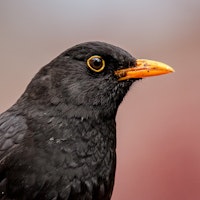
Blackbird
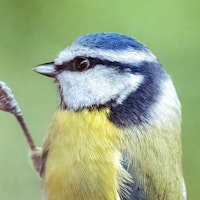
Blue Tit
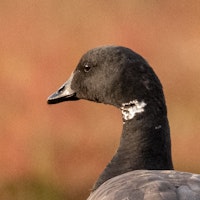
Brent Goose
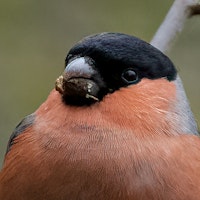
Bullfinch

Buzzard

Chaffinch
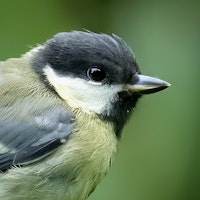
Coal Tit
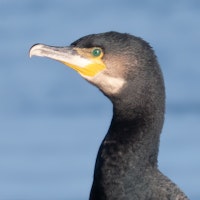
Cormorant
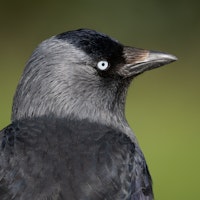
Crow
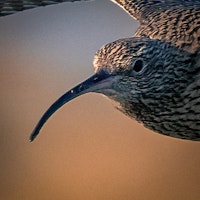
Curlew
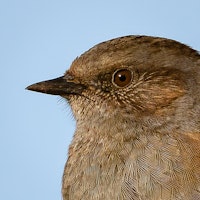
Dunnock

Eurasian Jay
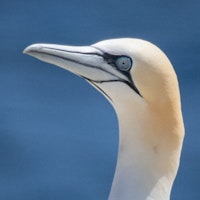
Gannet
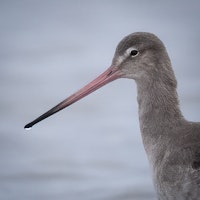
Godwit
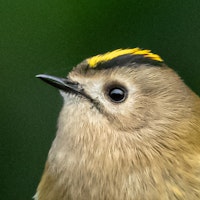
Goldcrest
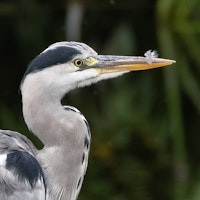
Grey Heron
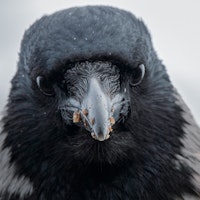
Hooded Crow
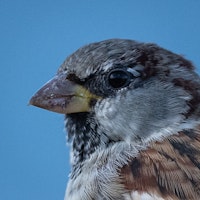
House Sparrow

Kestrel
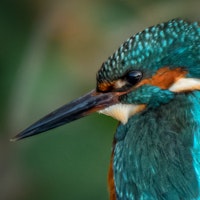
Kingfisher

Lapwing

Little Egret

Long Eared Owl

Long-tailed Tit

Mallard Duck

Merlin

Moorhen

Mute Swan

Oyster Catcher

Peregrine Falcon

Pied Wagtail

Pintail

Puffin

Red Kite

Redshank

Robin

Rook

Sanderling
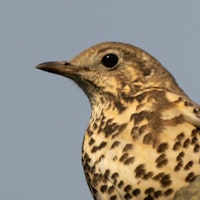
Song Thrush

Sparrowhawk

Starling

Stonechat

Swallow

Tree Creeper

Wren
More pages currently being produced...
Please connect to get updated when new pages are published






